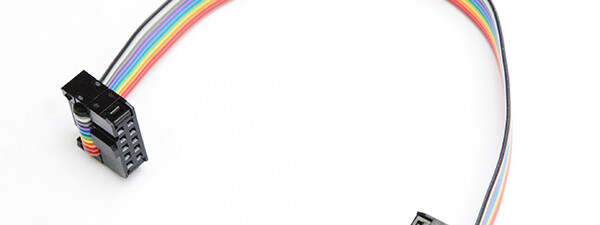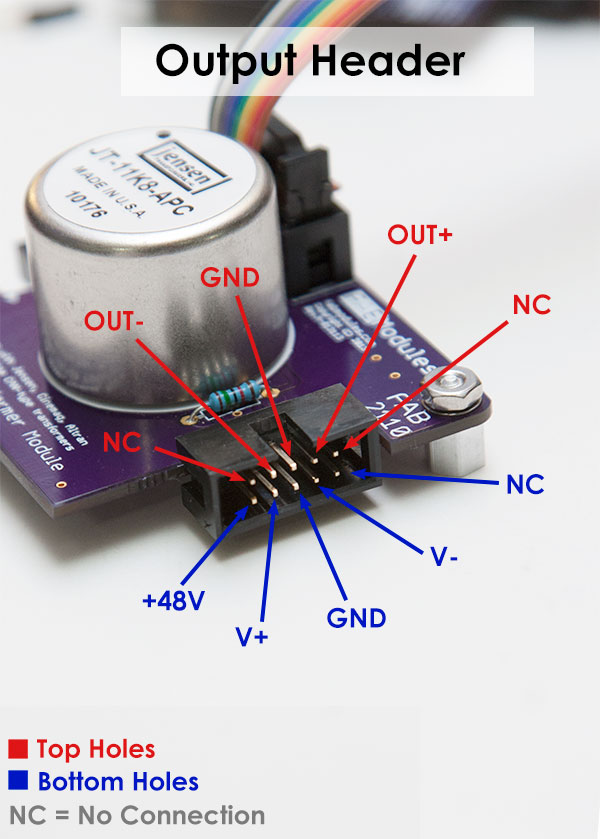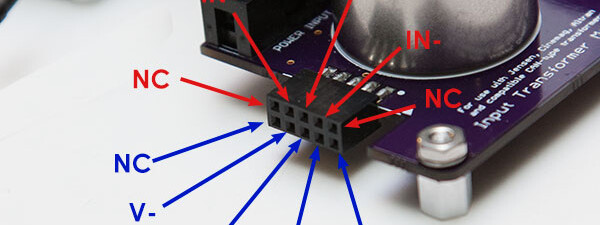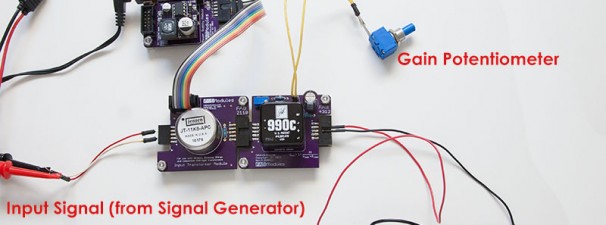CircuitLab.com is a cool web-based “workbench” where you can create circuits and simulate it. You can do DC analysis, Time Domain, Frequency Domain analysis. I think it’s a great learning tool to “experiment” with circuits and see what will happen. No special software need to be installed, you can run it on your web browser. I’m using Chrome browser in this example.
For example, shown below is a simplified circuit of the mid-frequencies of an LC based equalizer. To keep things simple, we’re using 10K resistors, 10K potentiometer (represented by R4/R5) and a 0.1uf, 100mH and 1K resistors for the RLC component of our filter circuit.








